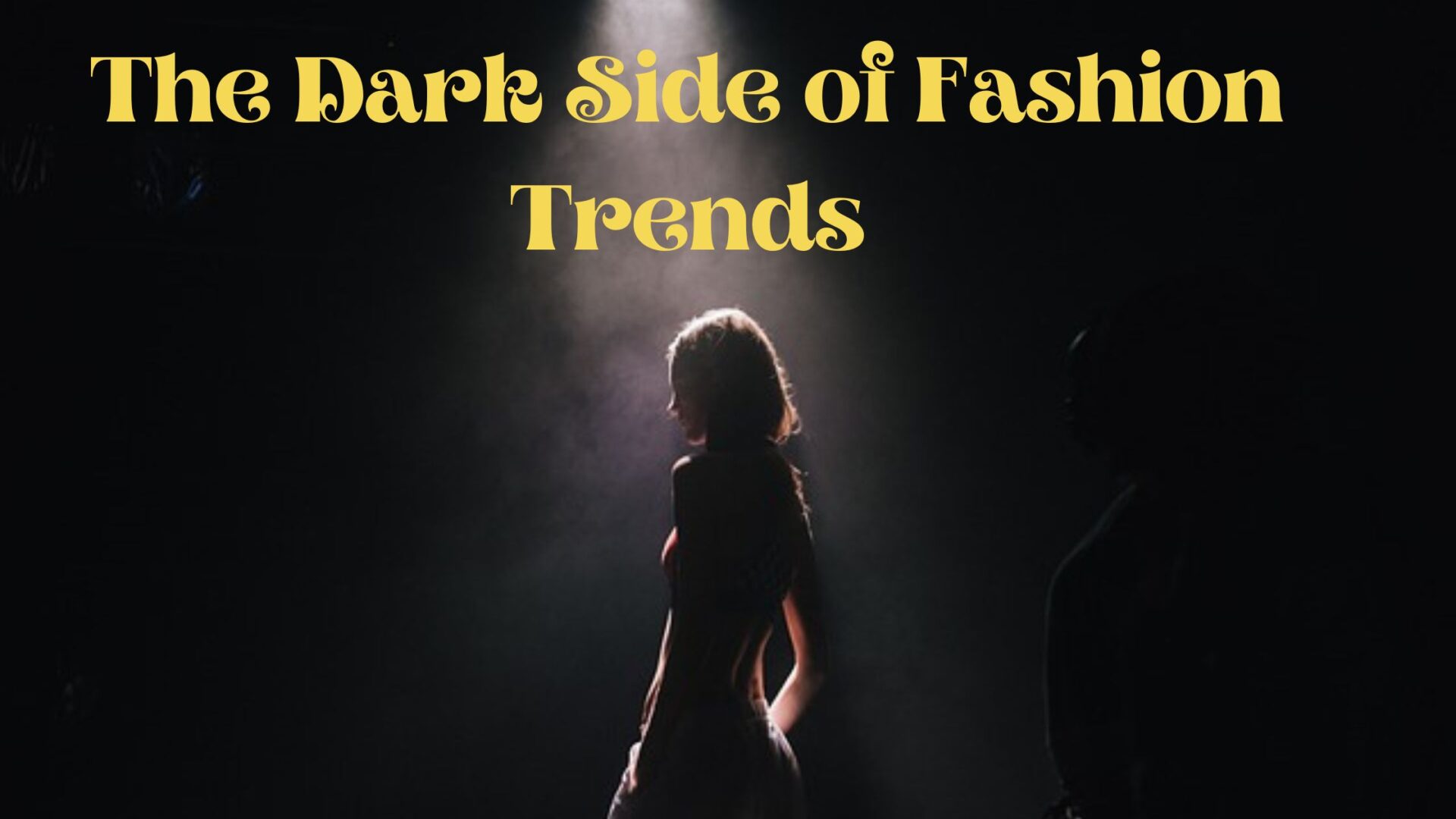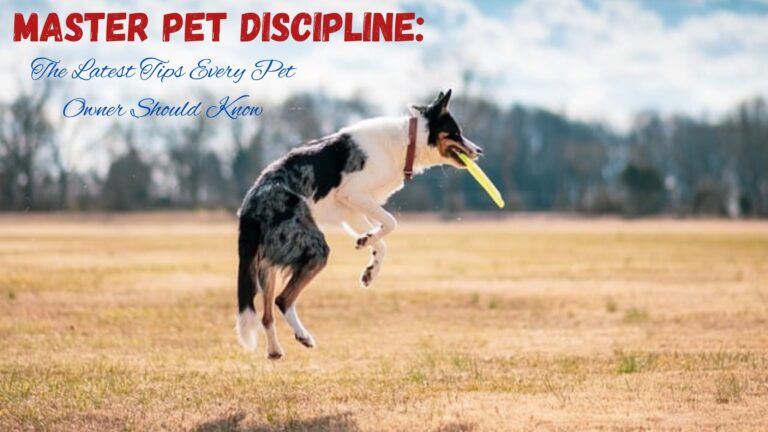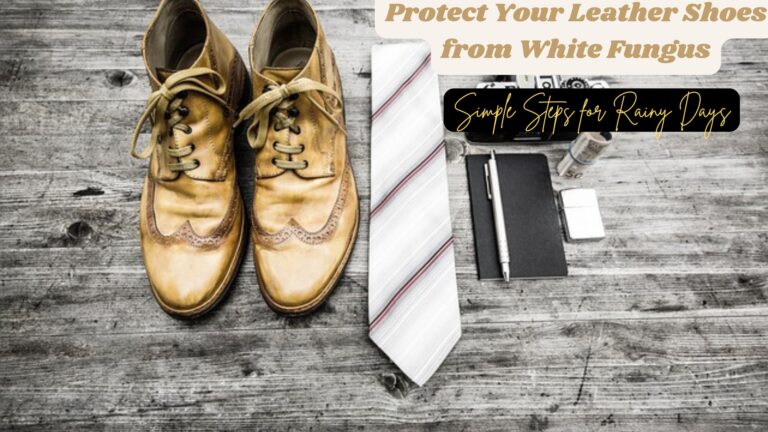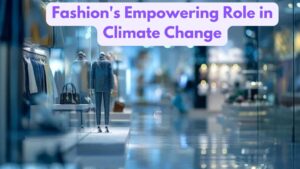Introduction:
The Dark Side of Fashion Trends: Unveiling Their Detrimental Effects on Society
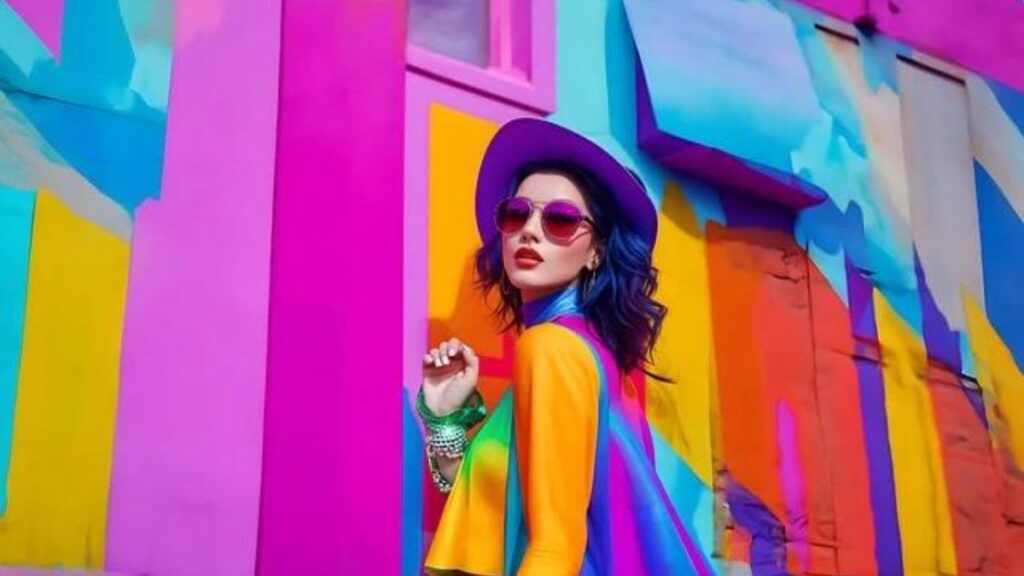
Fashion trends have a significant influence on society, shaping our clothing choices, lifestyle, and even our perception of ourselves. While fashion can be a form of self-expression and creativity, it also has a darker side. This blog post aims to delve into the detrimental effects of fashion trends on society, shedding light on the negative consequences they can have on individuals and communities. From body image issues to environmental concerns, we will explore the various aspects that contribute to the dark side of fashion trends.
What does “The Dark Side of Fashion Trends” refer to?
· Unrealistic Beauty Standards: One of the prominent negative impacts of fashion trends on society is the reinforcement of unrealistic beauty standards. Fashion media often promotes a narrow definition
of beauty, emphasizing thinness, flawless skin, and specific body proportions.This creates an unhealthy obsession with appearance, leading to body dissatisfaction, low self-esteem, and even eating disorders among individuals striving to meet these unattainable ideals.
· Fast Fashion and Environmental Consequences: The rise of fast fashion has revolutionized the industry, but it comes at a high cost to the environment. Fast fashion refers to the rapid production and consumption of inexpensive clothing items, leading to over consumption and excessive waste. The relentless pursuit of new trends results in the disposal of perfectly wearable garments, contributing to landfills and pollution. Additionally, the production of fast fashion involves harmful practices like water pollution, excessive energy consumption, and exploitation of natural resources.
· Exploitation of Labor: Fashion trends often come at the expense of garment workers, particularly in developing countries. To keep up with the demand for cheap and trendy clothing, brands may resort to outsourcing production to countries with lower labor costs and lax regulations. This leads to poor working conditions, low wages, and exploitation of workers, including child labor. The fashion
industry’s relentless pursuit of profit often ignores the human rights and well-being of those involved in the production process.
· Cultural Appropriation: Fashion trends frequently blur the line between appreciation and appropriation of cultural symbols, traditions, and clothing styles. Appropriation occurs when elements of a marginalized culture are adopted by the dominant culture without understanding or respecting their significance. This commodification of cultural artifacts can perpetuate stereotypes, strip away cultural meaning, and disrespect the communities from which these styles originate.
· Excessive Consumption and Consumerism: Fashion trends promote a culture of constant consumption, encouraging individuals to constantly update their wardrobes to stay “in style.” This excessive consumerism not only leads to financial strain for many individuals but also contributes to the depletion of resources and the exploitation of labor. Moreover, the pursuit of
the latest trends often results in impulse buying, leading to a lack of mindful consumption and contributing to the cycle of waste and environmental degradation.
· Social Inequality: Fashion trends can exacerbate social inequality by creating an environment where status and worth are often determined by material possessions. High-end designer brands and luxury fashion become symbols of wealth and prestige, creating a social hierarchy that further marginalizes
those who cannot afford such items. This socioeconomic disparity perpetuated by fashion trends can lead to feelings of exclusion, inferiority, and the perpetuation of class divisions in society.
How can today’s fashion trends hurt our lives?
Today’s fashion trends can indeed have negative effects on our lives. Let’s delve into some of how fashion trends can impact us negatively:
§ Financial Burden: Keeping up with ever-changing fashion trends can be costly. Constantly buying new clothes to stay “in style” can strain our finances and lead to excessive consumerism. The pressure to maintain a fashionable wardrobe may result in overspending, debt, and financial stress.
§ Peer Pressure and Social Exclusion: Following fashion trends can become a social norm, and deviating from them may lead to feelings of exclusion or being judged by others. Peer pressure to conform to
certain trends can cause individuals to compromise their personal style or purchase items they may not genuinely like or need, solely to fit in.
Embracing Biblical Principles for Environmental Stewardship§ Environmental Impact: Many fashion trends contribute to environmental degradation. Fast fashion, characterized by rapid production and disposal of inexpensive clothing, leads to excessive waste and
pollution. The constant demand for new trends results in the disposal of perfectly wearable garments, contributing to landfill overflow and increasing carbon emissions.
§ Disposable Culture: Fashion trends contribute to a culture of dis-possibility, where clothing items are quickly discarded and replaced. The pressure to stay current with trends leads to a cycle of excessive consumption and waste. This not only strains resources but also has long-lasting environmental consequences.
§ Lack of Individuality: Fashion trends can sometimes stifle individuality and self-expression. When everyone is following the same trends, it can be challenging to stand out and showcase personal
style. This homogenization of fashion can limit creativity and prevent individuals from fully expressing their unique identities.
It is important to be aware of these negative effects and approach fashion trends with mindfulness. By prioritizing sustainable and ethical fashion choices, embracing diverse representations, and focusing on personal style rather than trends, we can mitigate the negative impacts and cultivate a healthier and more positive relationship with fashion.
Are there any solutions proposed to mitigate the negative impacts of fashion trends?
Here are some solutions proposed to mitigate the negative impacts of fashion trends:

- Promoting Sustainable and Ethical Fashion: Encouraging consumers to support brands that prioritize sustainability and ethical practices, such as using eco-friendly materials, reducing waste, and ensuring fair labor conditions throughout the supply chain.
- Encouraging Slow Fashion: Emphasizing the concept of “slow fashion,” which advocates for quality over quantity, timeless designs, and durable garments that are made to last. This approach promotes mindful consumption and reduces the demand for fast fashion items.
- Supporting Secondhand and Vintage Shopping: Encouraging the purchase of secondhand clothing and vintage items not only reduces waste but also supports a circular economy. Thrifting and clothing swaps are eco-friendly alternatives to buying new garments.
- Promoting Body Positivity and Diversity: Encouraging the fashion industry to embrace diversity in body sizes, shapes, and ethnicities through inclusive advertising campaigns, diverse runway shows, and representation in media. This helps combat unrealistic beauty standards and promotes self-acceptance.
- Educating Consumers: Providing consumers with information about the environmental and social impacts of their fashion choices empowers them to make more conscious decisions. Education can include resources on sustainable fashion practices, ethical certifications, and the importance of reducing textile waste.
- Supporting Local and Independent Designers: Investing in locally made and independent fashion brands promotes creativity, craftsmanship, and transparency in the supply chain. Supporting small-scale designers also helps reduce the carbon footprint associated with long-distance transportation.
- Advocating for Policy Change: Supporting policies and regulations that promote sustainable fashion practices, such as implementing textile recycling programs, enforcing fair labor standards, and incentivizing eco-friendly production methods.
By implementing these solutions, individuals, businesses, and policymakers can work together to mitigate the negative impacts of fashion trends and create a more sustainable and ethical fashion industry.
Conclusion:
Fashion trends undoubtedly have a profound impact on society, but it is essential to recognize their detrimental effects alongside the positive aspects. By unveiling the dark side of fashion trends, we can foster a more conscious and responsible approach to fashion consumption. It is crucial for consumers to be informed, question the ethics behind the brands they support, and consider the consequences of their fashion choices on themselves, others, and the planet. By advocating for sustainable fashion practices, inclusive representation, and a shift towards mindful consumption, we can pave the way for a fashion industry that positively impacts society and minimizes harm.
Frequently Asked Questions (FAQs)
- What are some examples of detrimental effects caused by fashion trends? Detrimental effects include environmental degradation due to fast fashion production, exploitation of labor in developing countries, body image issues arising from unrealistic beauty standards, and cultural appropriation.
- How do fashion trends affect societal perceptions? Fashion trends often dictate societal norms and standards of beauty, leading to exclusion and marginalization of those who do not conform. This can perpetuate inequality and contribute to a culture of consumerism and materialism.
- What role do media and advertising play in perpetuating detrimental fashion trends? Media and advertising heavily influence consumer behavior by promoting unrealistic beauty ideals and perpetuating the cycle of fast fashion consumption. This can lead to increased pressure to conform to trends and contribute to a culture of comparison and insecurity.
References:
- Fletcher, K. (2008). Sustainable fashion and textiles: Design journeys. Routledge.
- Cline, E. L. (2012). Overdressed: The shockingly high cost of cheap fashion. Penguin.
- Kawamura, Y. (2005). Fashion-ology: An introduction to fashion studies. Berg.
- Luvaas, B. (2016). Street style: An ethnography of fashion blogging. Bloomsbury Publishing.
- Moeran, B. (2006). Ethnography and the cultural study of fashion. In T. Blanks & A. Jackson (Eds.), Fashion reader (pp. 203-217). Berg.
